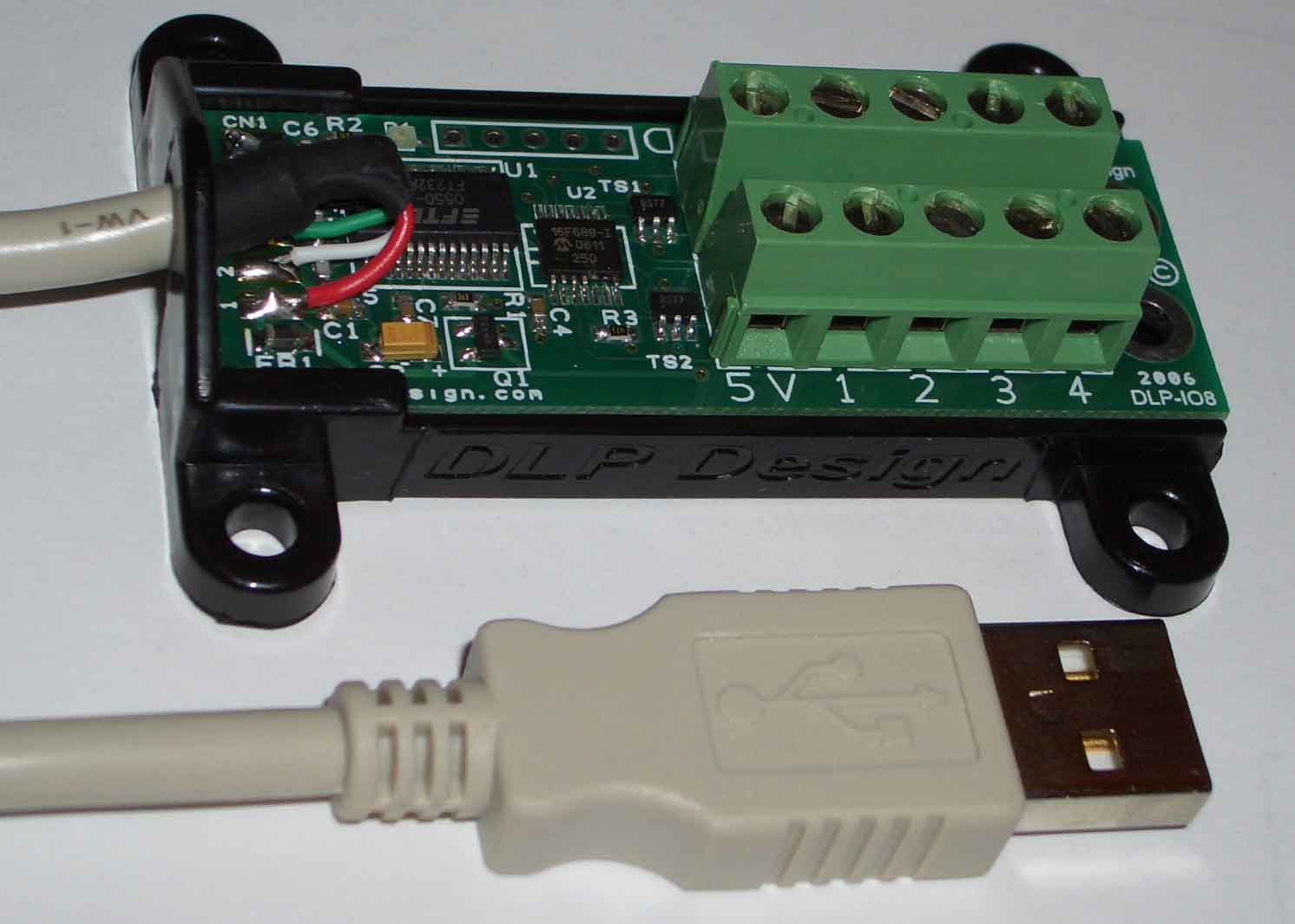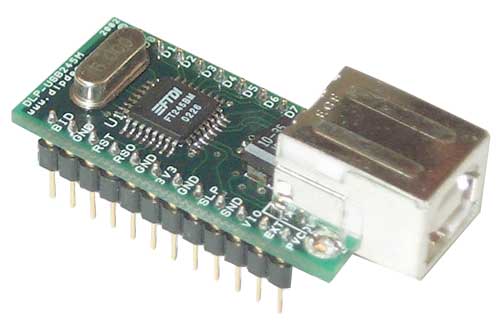The figure below shows how two waves from the same point source reach the two antennas on ground with a certain geometric path difference. If we multiple the two voltages generated at the antennas due to the waves reaching their respective locations, an interference pattern is observed (see third figure further down). Note how the appearance is exactly identical to the interference pattern generated by a two-slit interferometer using two slits as point sources, shown above.
The 'geometric' path difference due to spatial orientation of the source is similar to the path difference in 2-slit interference experiment. We probe phenomenon of 'temporal coherence' in 2-slit Young's experiment, that is we study the stability of phase difference between two sources (slits) over time. If the phase difference betwee two slits varied randomly, fringes will not have any absolute dark fringe ('zero' of intensity).

On the other hand, in 2-antenna interference, the phase difference arises due to different locations of the 2 antennas as seen by the source. If the source was not a point source on the sky, fringes will not be perfect (no absolute zero of intensity). Thus, we study 'spatial coherence' of waves, that is if our source has a finite size.




.jpg)
.jpg)
.jpg)




